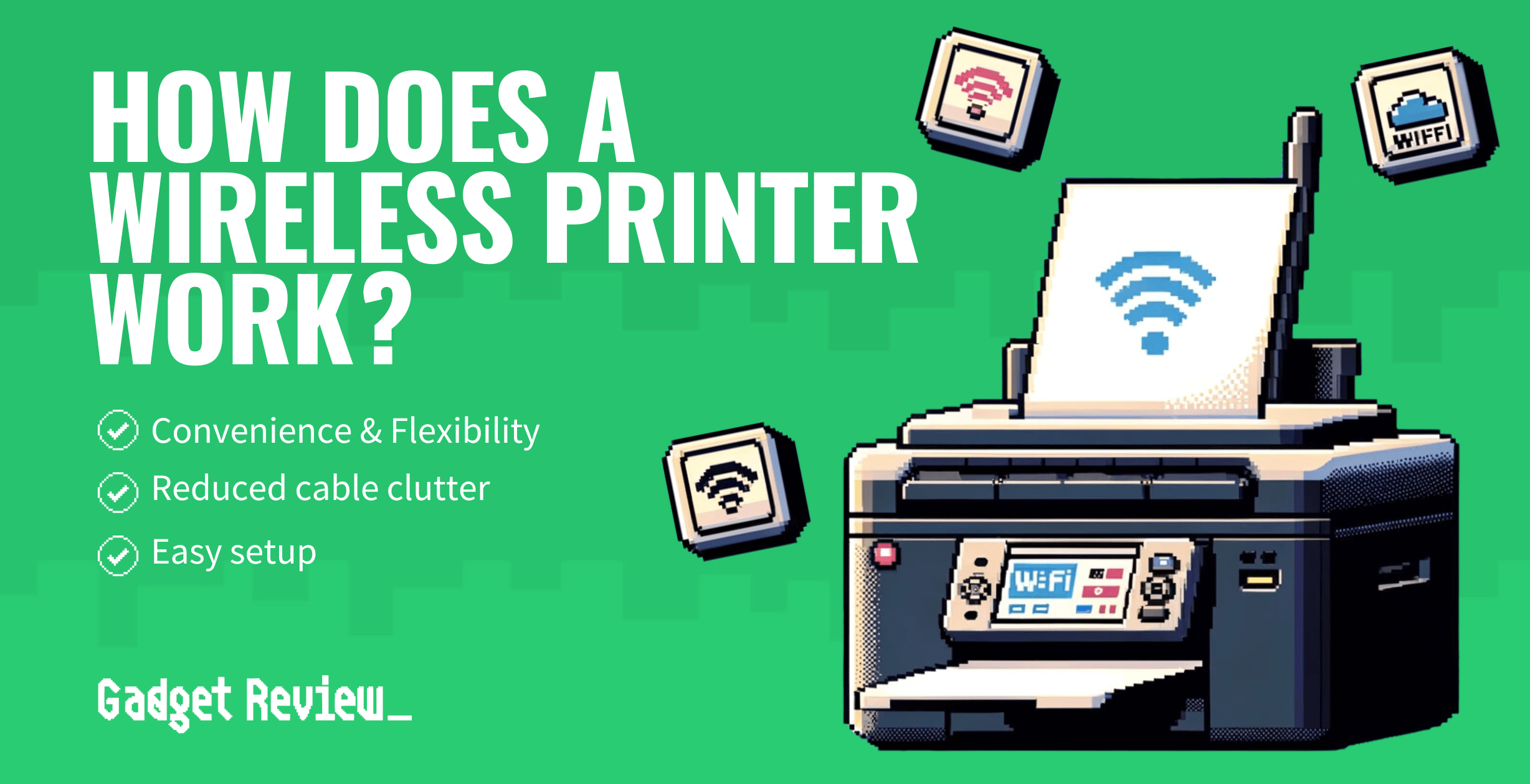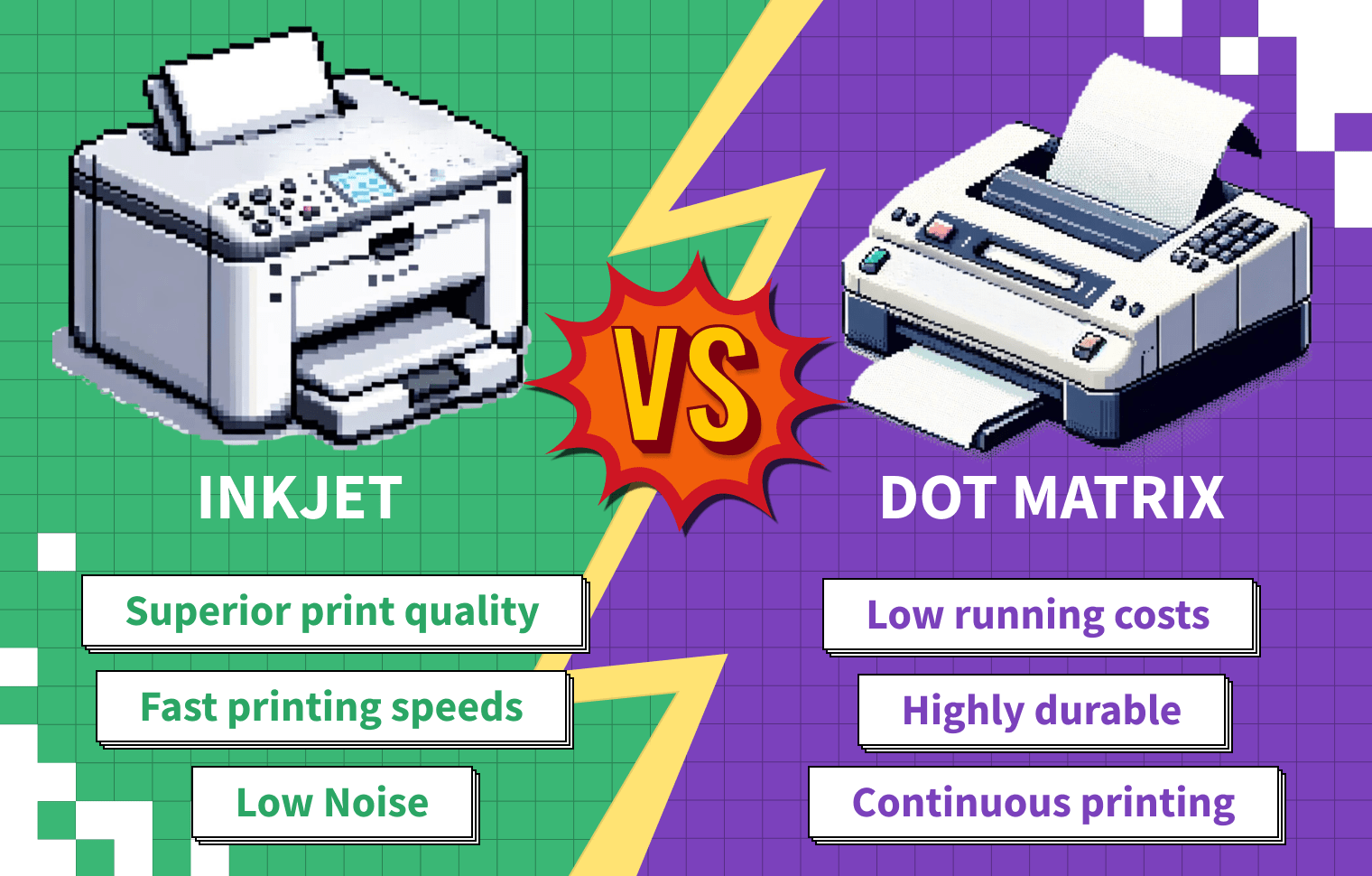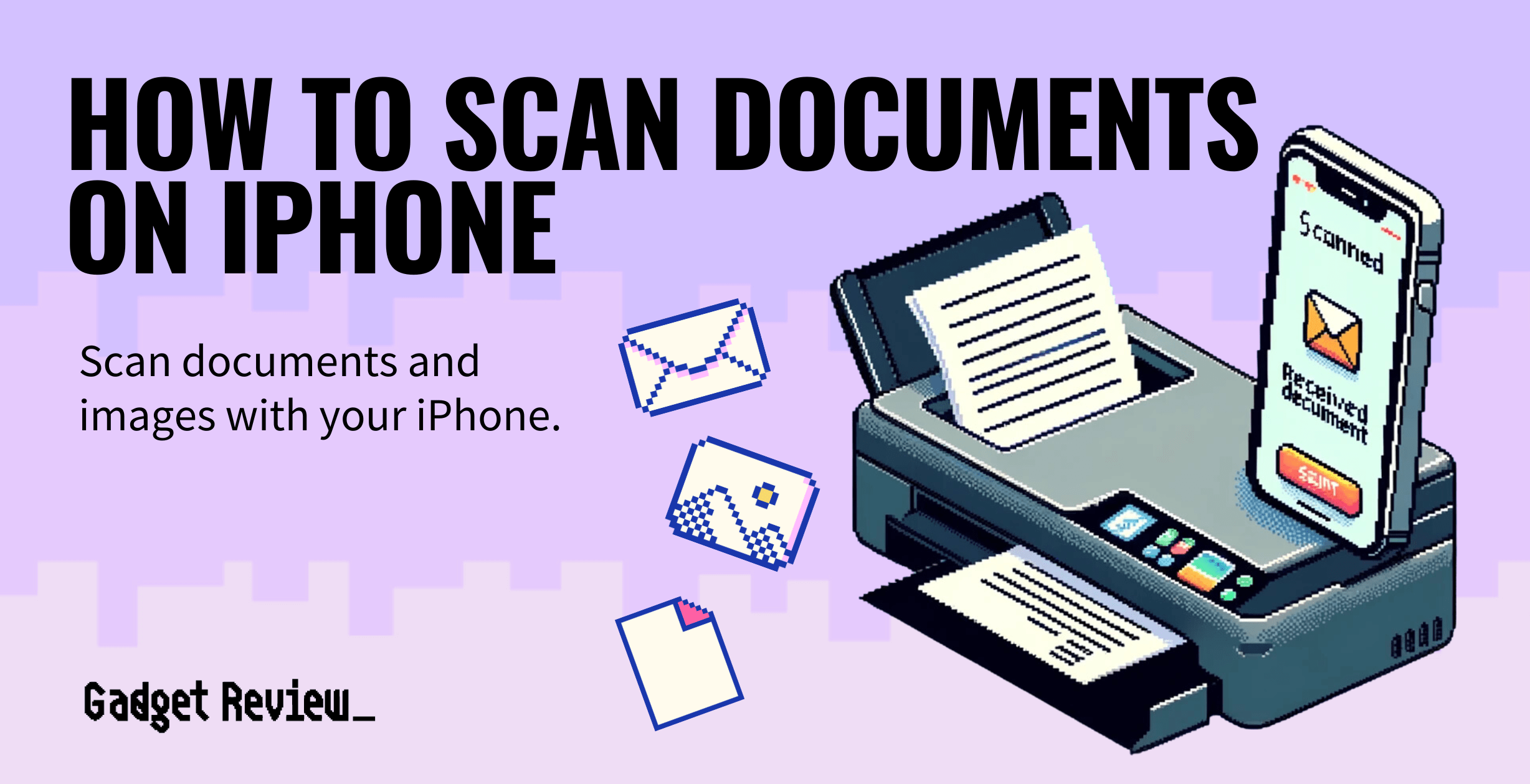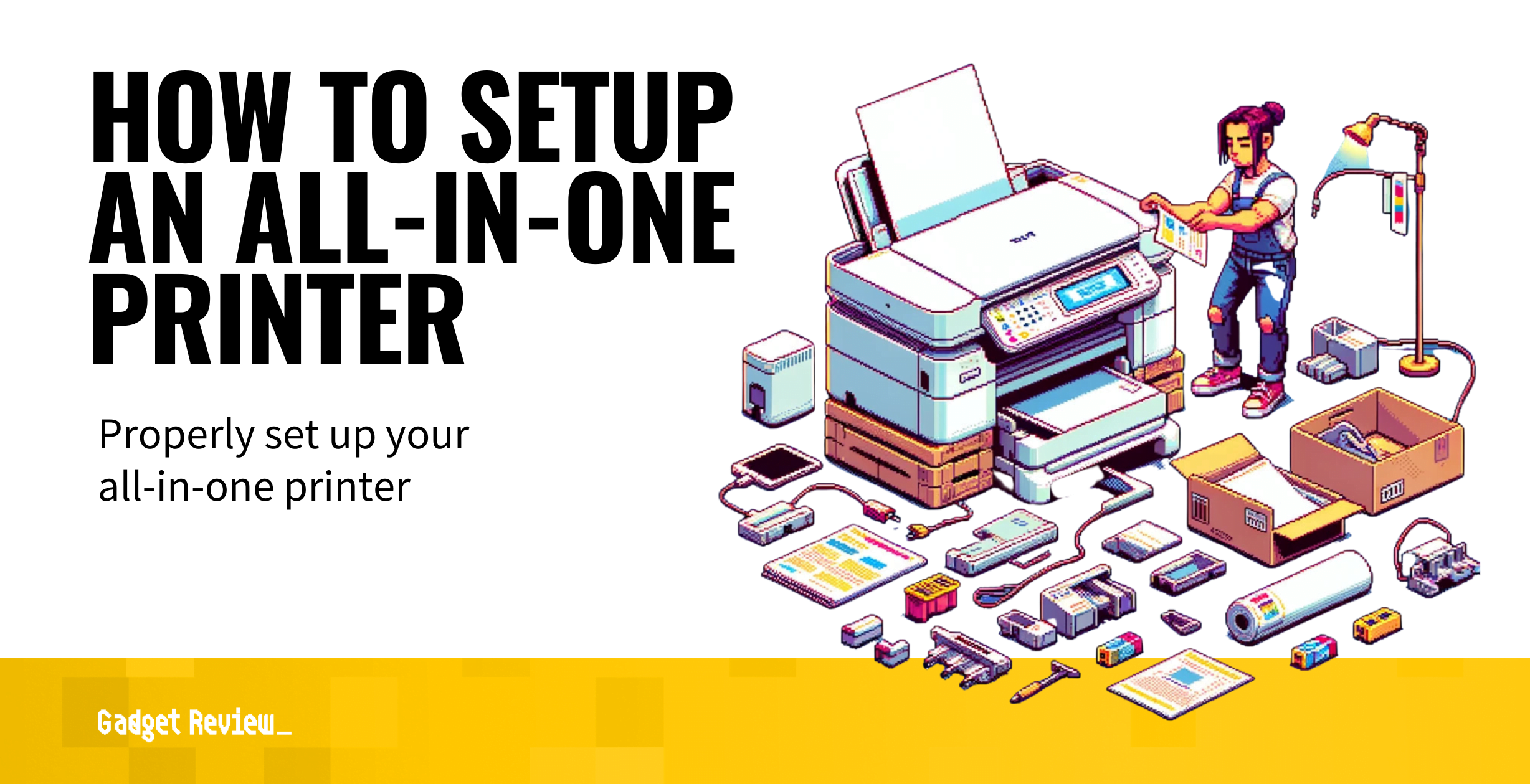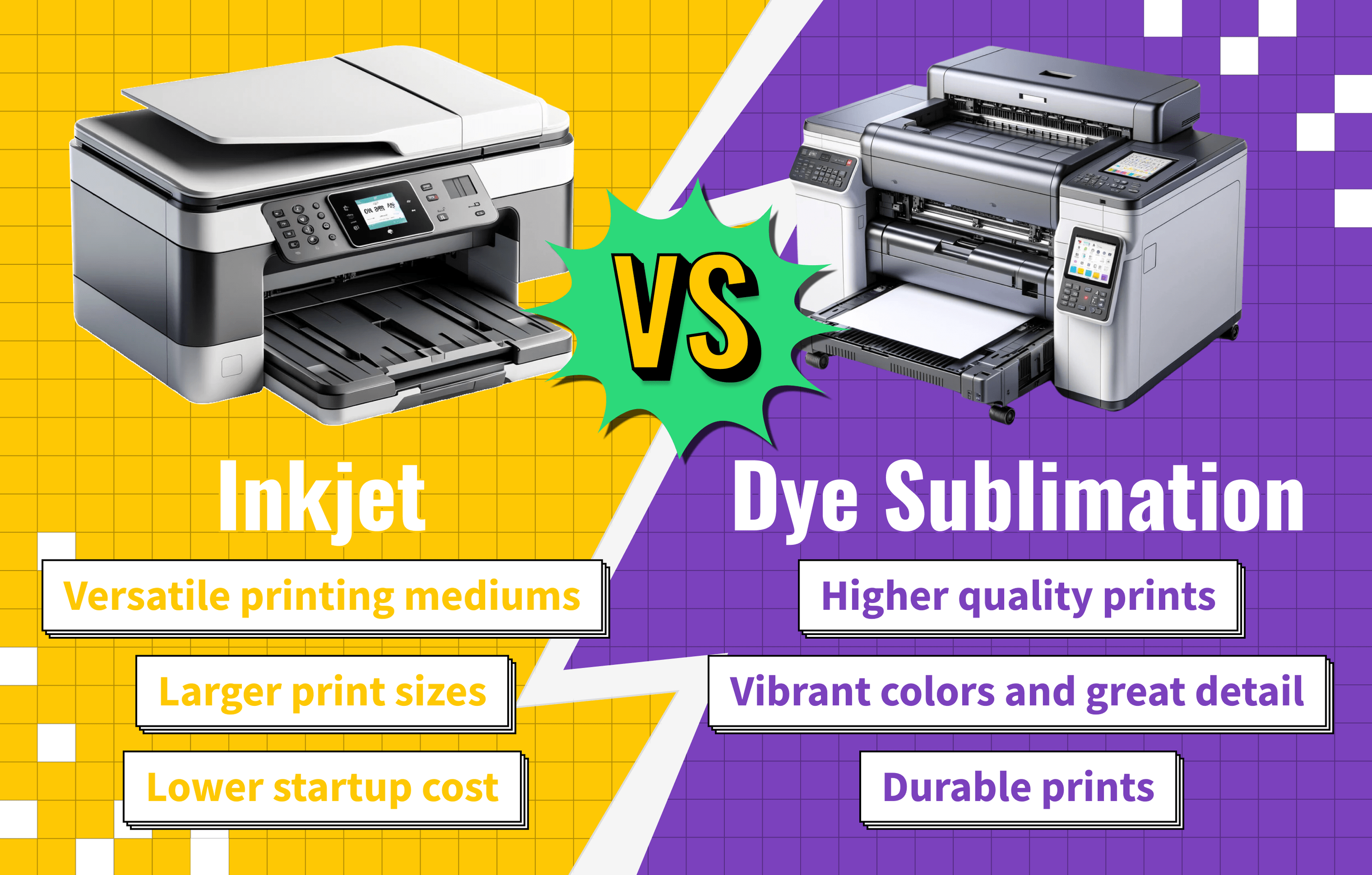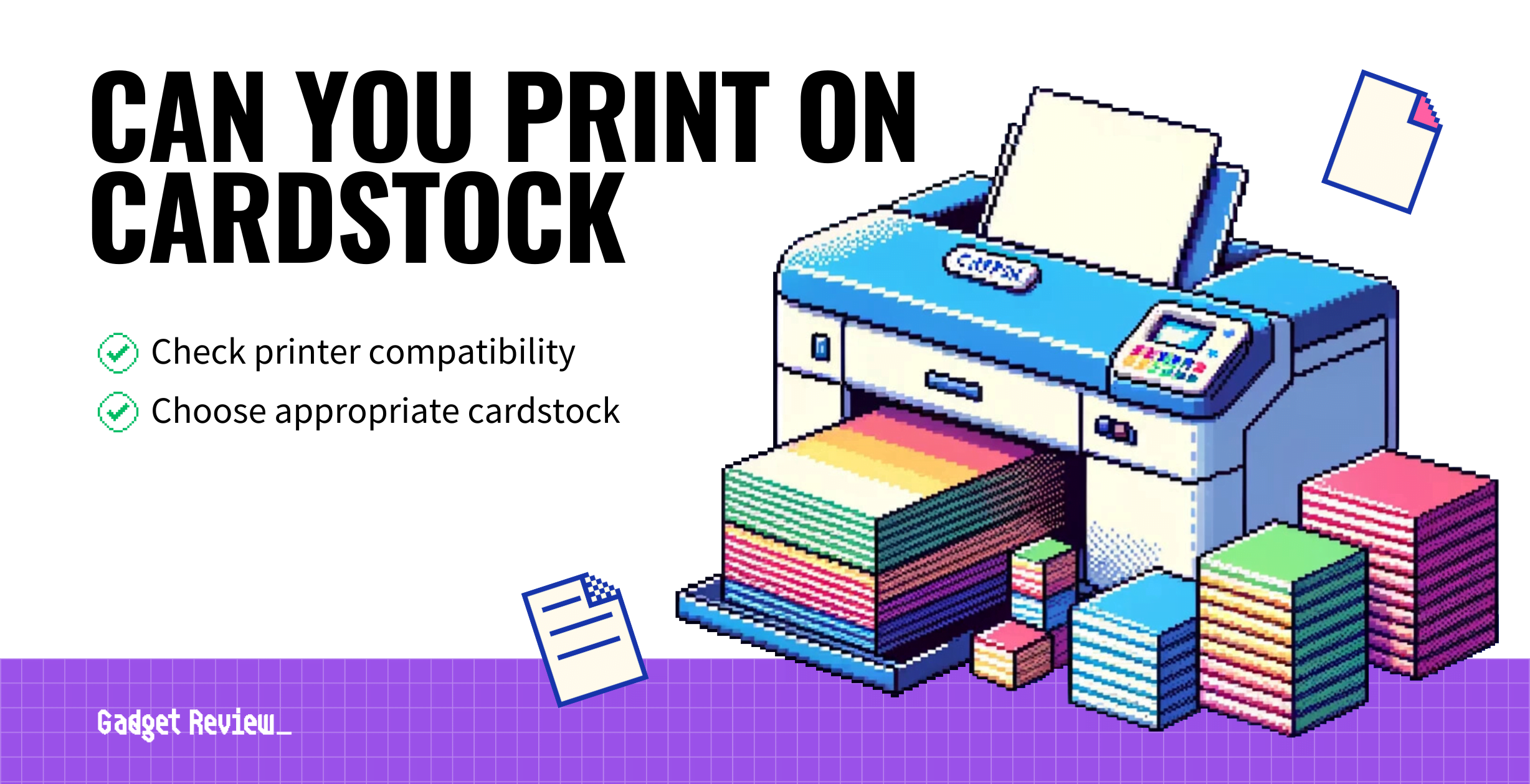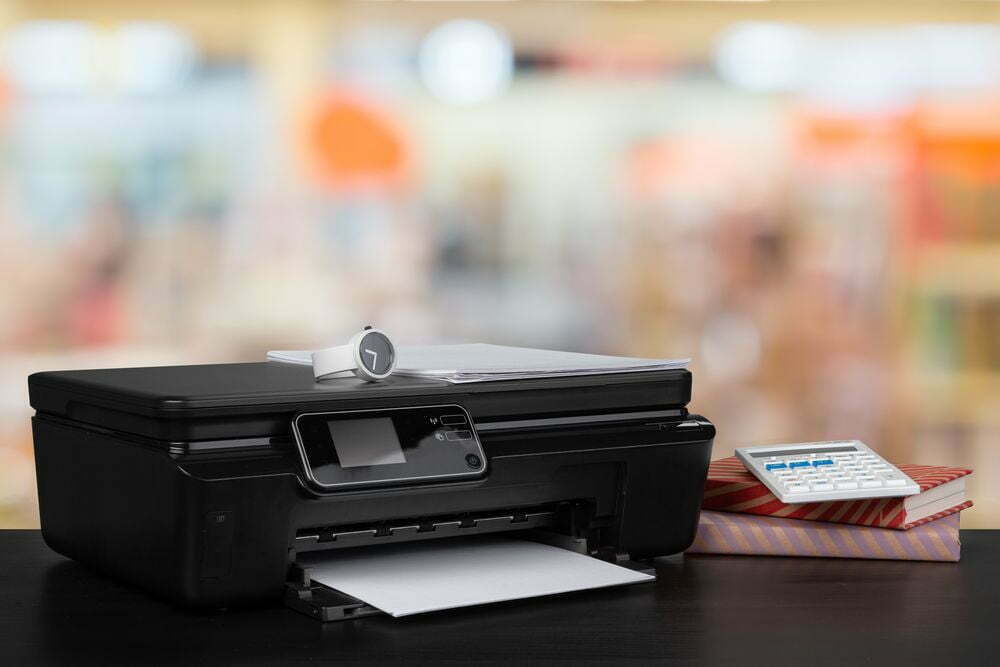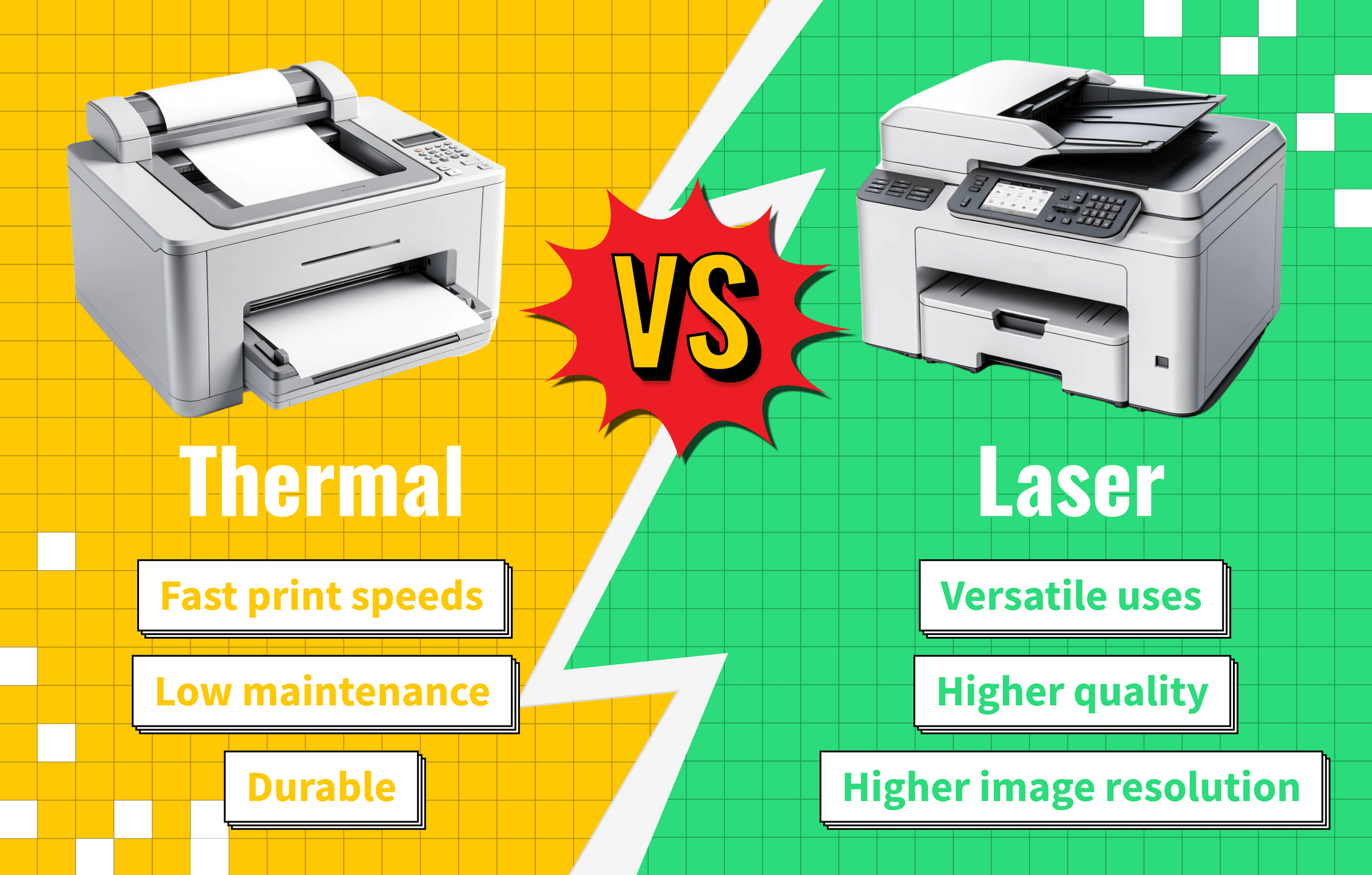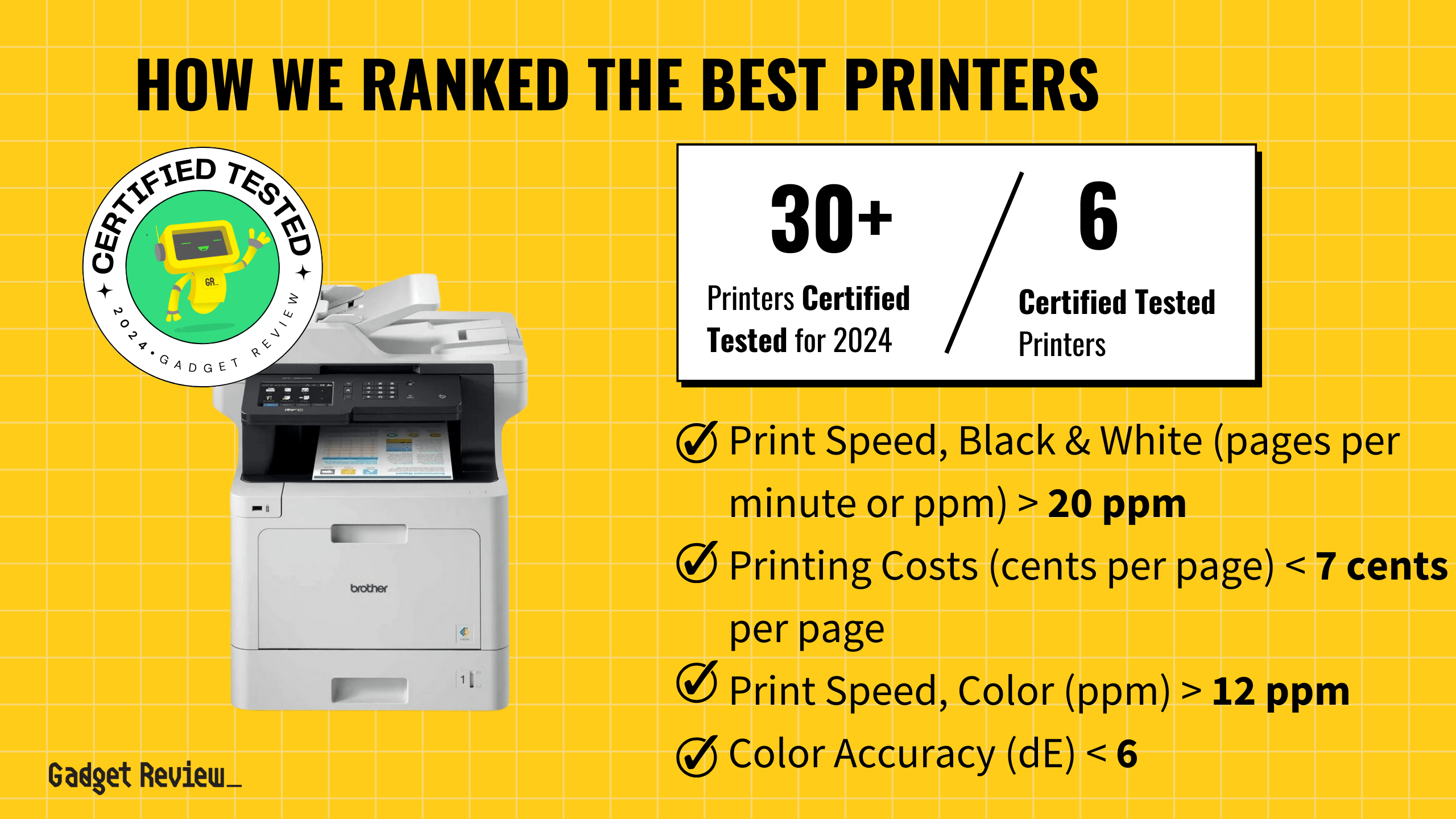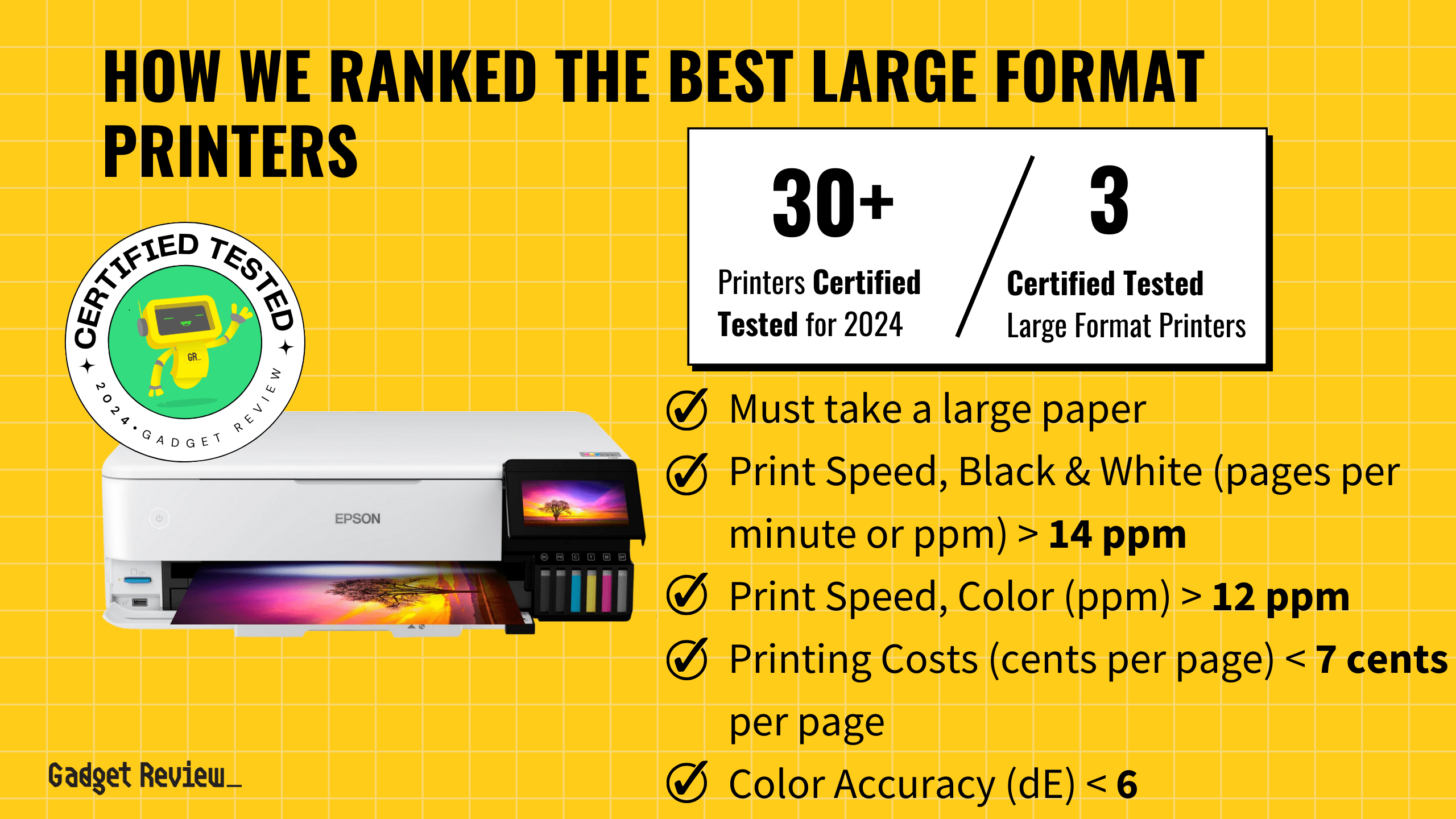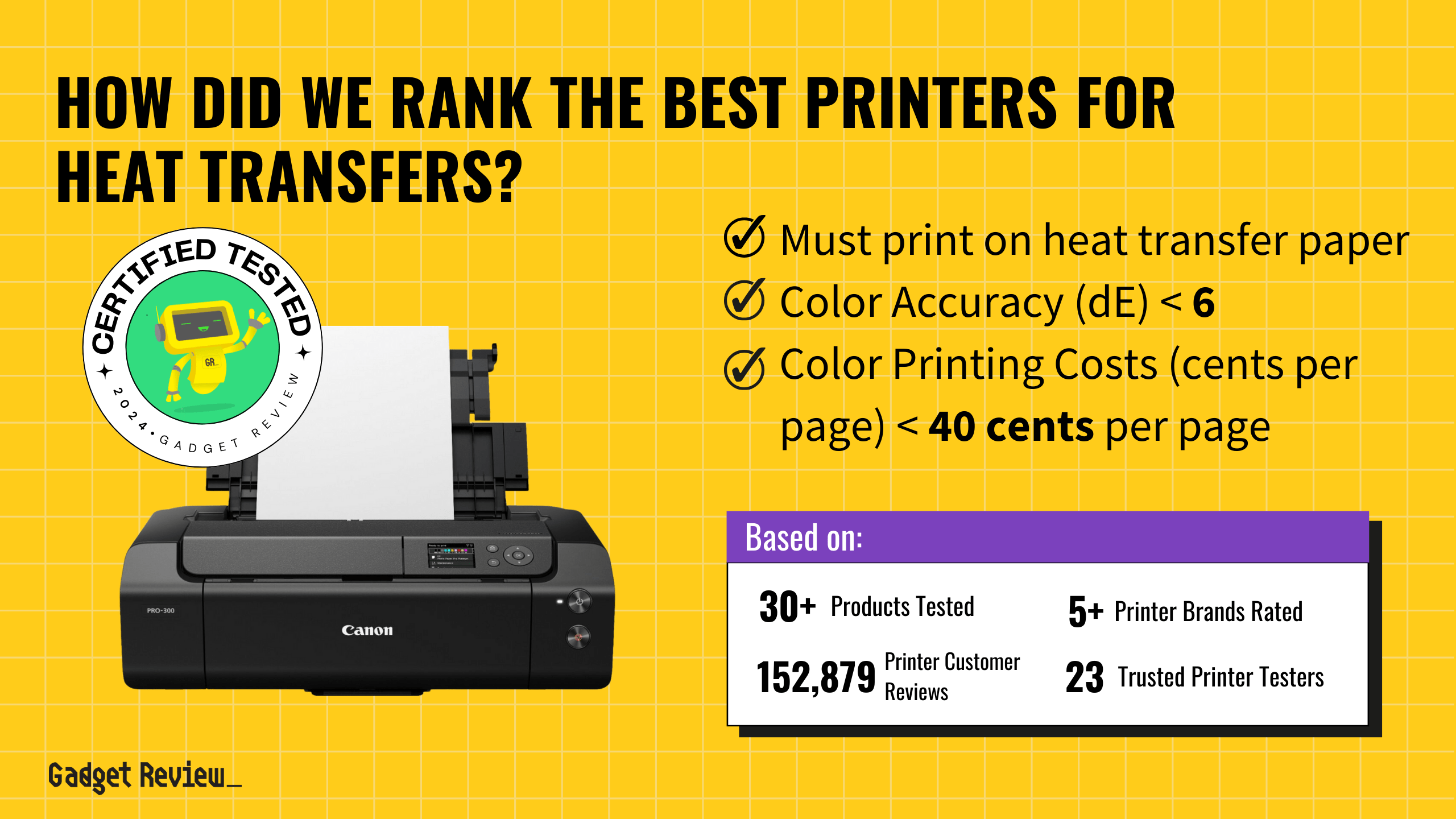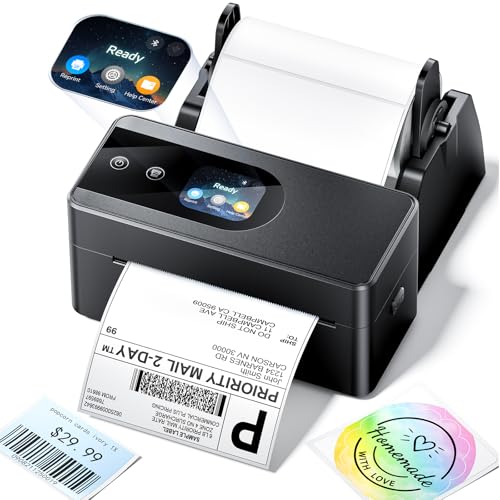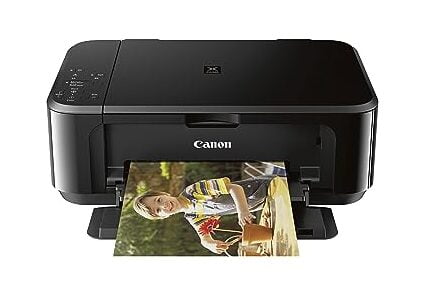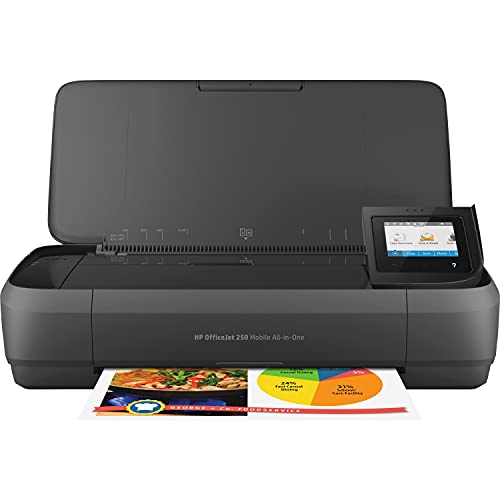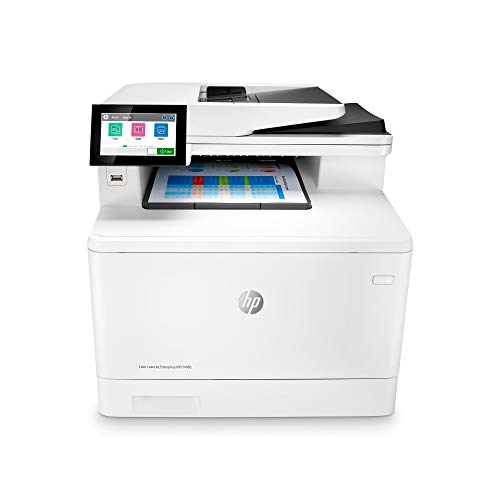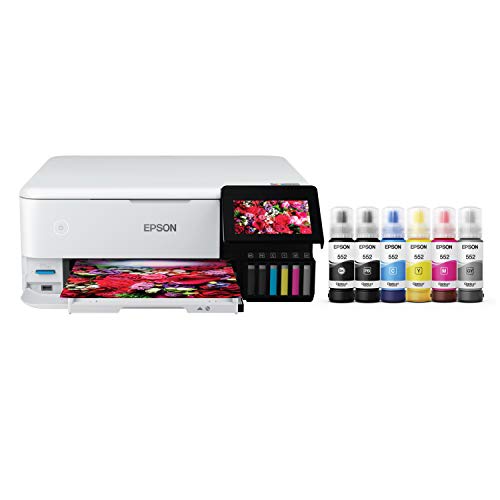As the name suggests, a wireless printer works by using wireless communication technology from computers, smartphones, or other devices to print documents and images. This eliminates the need for the devices to have a physical connection to the printer.
Most top printers will have some form of wireless printing capabilities. Moreover, if you’re using the best printer for Cricut, don’t skip out on the wireless capability, as it will make printing easier.
Key Takeaways_
- Wireless printers allow consumers to easily make prints from a variety of devices, including computers, smartphones, and tablets.
- These printers connect wirelessly via numerous methods, including Wi-Fi, Bluetooth, and NFC.
- Many wireless printers can also connect to the cloud, allowing for remote printing.
What is a Wireless Printer?
A wireless printer is a printing device that can print wirelessly via numerous methods. This makes them the perfect choice for printing from a laptop, a smartphone, or a tablet.
The technology involved with wireless printers has improved significantly recently, with modern printers (like the best Bluetooth printers) working as quickly as their wired counterparts.
How Wireless Printers Function
When it comes to the printing of documents, a wireless printer works similarly to a wired printer. In other words, it receives digital information and works to reproduce this data on the printing medium. The main difference is how the information is communicated to the printer.
You can read about the differences between the two printer types with our page comparing wireless printers vs wired.
This is why you need to secure your wireless printer before you start using it. However, there are several methods by which a wireless printer receives information wirelessly.
Wi-Fi
The most common wireless communication standard found with a wireless printer is traditional Wi-Fi. A Wi-Fi-enabled printer connects to the wireless network that you have instituted in your home or office.
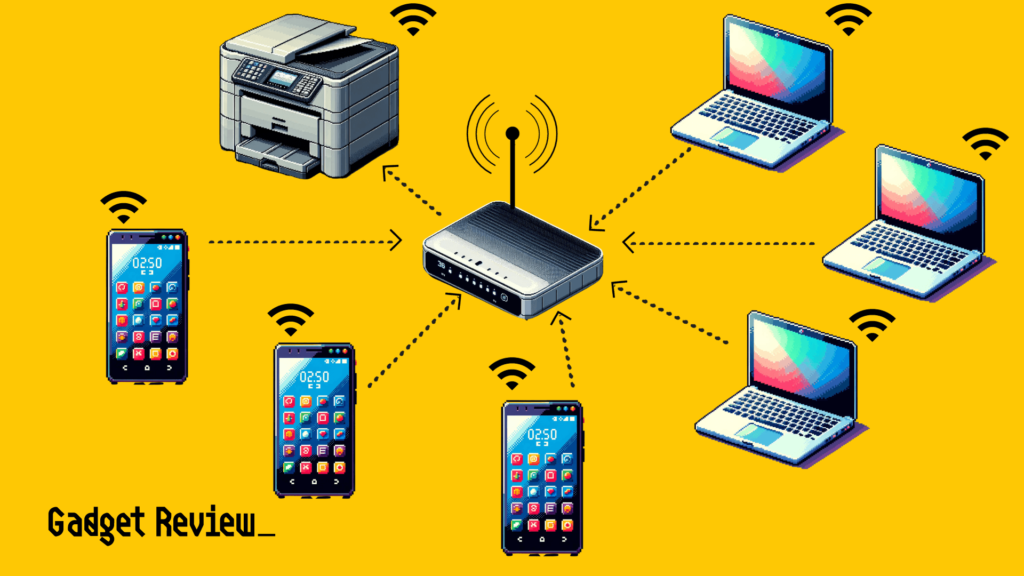
This method tends to be efficient and fast enough for most consumers. However, the printer will be sharing a wireless network with other connected devices, which could impact overall printing speed.
Additionally, we have a great article on how to convert any printer to a Wi-Fi printer if yours is not already wireless.
Alternatively, you might want to work on security if your printer is wireless. In that case, read our what is WPA/WEP printer guide.
Bluetooth and NFC
Other popular options for wirelessly transmitting data to a printer include Bluetooth and near-field technology (NFC.) These are relatively old transmission protocols, so printing speed may be on the slower side.
However, if your printer is equipped with a Bluetooth receiver, it will be easy to connect the device to a smartphone, tablet, or another mobile device. The range of a Bluetooth-enabled printer will be shorter than a Wi-Fi printer.
Additionally, NFC technology is much shorter than Bluetooth. NFC requires your device to be very close to the printer to be able to communicate with a range of about 4 centimeters (1.5 inches) to 10 centimeters (4 inches). Think of a card reader when you tap to pay.
Printing From the Cloud
Printing from a cloud server has become a popular option for many consumers. The cloud has some significant advantages over other forms of wireless connectivity, as the technology allows users to make prints remotely using their smartphone and a dedicated smartphone app.
Numerous well-regarded cloud services exist, including Google Cloud, iCloud, and Amazon Cloud. As a warning, the printer itself will likely have to be connected to a wireless network via Wi-Fi to access a cloud printing service.


